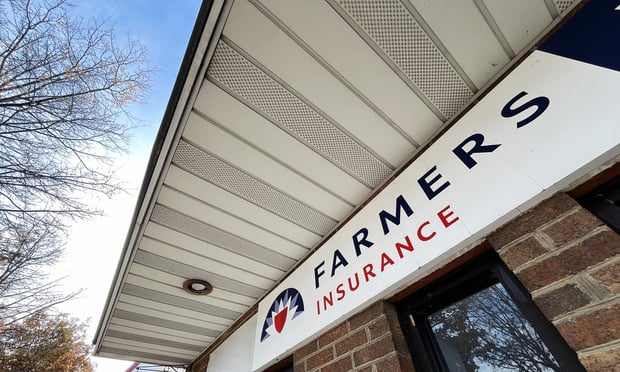Since 1990, there has been a 5 percent increase in the number of storms in the United States causing at least $1 billion in damage, according to the National Oceanic and Atmospheric Administration.
Oftentimes, communities are still recovering from one storm when the next is on the horizon.
In October 2015, Hurricane Joaquin became a tropical depression and intensified rapidly, becoming a major hurricane. Though Joaquin never made landfall in the U.S., it interacted with a large low-pressure system that had formed over the southeastern states, leading to record-breaking rainfall that began on Oct. 1 and continued through Oct. 6. As a result, flooding followed in many parts of South Carolina.
Throughout the state, residential property, public infrastructure and farmland flooded. Over 540 roads and bridges were closed, including a 74-mile stretch of Interstate 95. There were at least 75 dam failures. Road repairs were estimated to cost $137 million. Businesses suffered four to six weeks’ major disruption.
Total losses were estimated at $12 billion — comparable to the economic impact of Hurricane Hugo in 1989 — with approximately $2 billion in insured and other funded losses.
One year later, Aon, ISET-International and Zurich released a post-event review on the floods. To gain insights for their report on the October 2015 floods in South Carolina report, a team of scientists spent time in the state interviewing a number of people with direct knowledge of the event, including those in the communities affected by the floods. While 22 counties were declared federal disaster areas, the report focuses on flooding in Columbia and Charleston and shows how the same storm can unfold very differently across locations.
Here are the top eight findings from the South Carolina report, with a look back on the flooding that devastated the state one year ago:

Pedestrians walk down Dorchester Road at Sawmill Branch Canal as it begins to wash away because of floodwaters near Summerville, S.C., on Oct. 6, 2015. South Carolina had problems with crumbling roads and bridges and old drinking water systems and dams long before the historic floods of 2015. (Photo: Mic Smith/AP Photo)
|1. Build back better
In the aftermath of a disaster, recovery efforts should be carried out in ways designed to enhance resilience, not just to build back to the status before the disaster.
Related: After a hurricane strikes
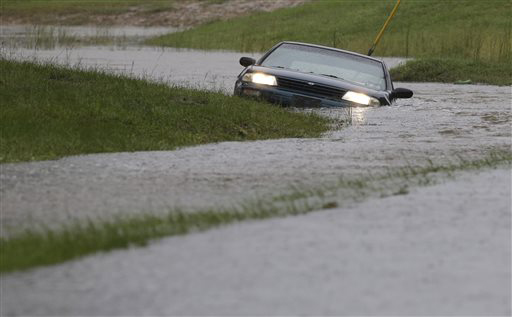
A car is submerged in floodwaters in Florence, S.C., on Oct. 4, 2015 after steady rain left many roads impassable. (Photo: Gerry Broome/AP Photo)
|2. Address misconceptions about flood risk
Some people wrongly believe that a rainfall or flooding considered a “1,000-year” event may reoccur only after 999 years have passed, but that categorization does not indicate actual frequency of such an event.

Flood waters just reach just below the openings of mailboxes in the Ashborough subdivision near Summerville, S.C., on Oct. 5, 2015. (Photo: Mic Smith/AP Photo)
|3. Increase personal awareness and responsibility
New arrivals may not be aware of a city’s history and the flood risk that goes with living in particular neighborhoods.
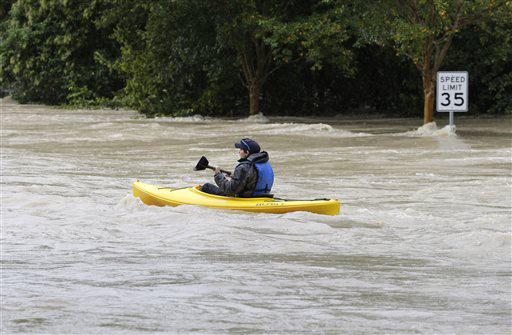
A man paddles a kayak down a flooded street in Columbia, S.C., on Oct. 4, 2015. The rainstorm cut power to thousands, forcing hundreds of water rescues and closing many roads because of floodwaters. (Photo: Chuck Burton/AP Photo)
|4. Let people take the initiative
Many people affected by events have the capacity to help themselves and others.
Related: Hurricane categories explained
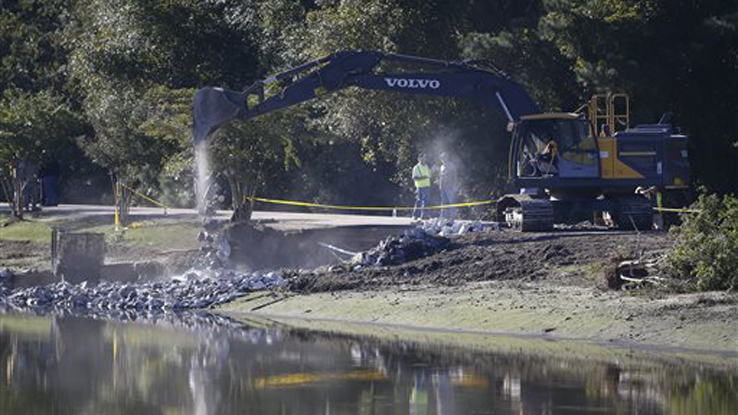
Work crews use an excavator to stabilize a dam on Oct. 7, 2015, in Columbia, S.C. (Photo: John Bazemore/AP Photo)
|5. Address problems related to dams
Dams need to be regularly assessed for flood risk to downstream communities.

Cathy Stinson, right, and Maria Mayer, left, help a friend remove belongings from her flooded home in Forest Acres in Columbia, S.C., on Oct. 7, 2015. (Photo: Chuck Burton/AP Photo)
|6. Review the damage assessment process
Inspectors who are local to the area and experienced in damage assessment of home construction would help alleviate some frustration felt by people affected by floods.
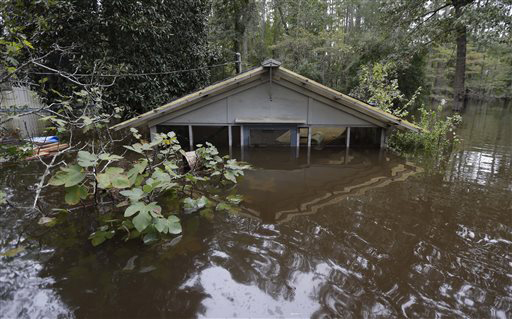
Water surrounds a structure swamped by flooding on Roundtree Road along the Lynches River in Effingham, S.C., on Oct. 6, 2015. (Photo: Gerry Broome/AP Photo)
|7. Make buyouts strategic
Use federal disaster recovery funds to buy out high-risk properties and convert the land to open space.
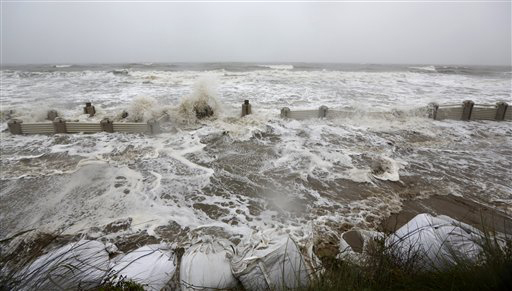
Waves crash over an experimental sea wall made of traditional sandbags to protect homes during high tide on the Isle of Palms, S.C., on Oct. 3, 2015. (Photo: Mic Smith/AP Photo)
|8. Review insurance penetration and accessibility
Engage governments and policymakers on ways to increase the purchase of flood-related insurance.
Want to continue reading?
Become a Free PropertyCasualty360 Digital Reader
Your access to unlimited PropertyCasualty360 content isn’t changing.
Once you are an ALM digital member, you’ll receive:
- Breaking insurance news and analysis, on-site and via our newsletters and custom alerts
- Weekly Insurance Speak podcast featuring exclusive interviews with industry leaders
- Educational webcasts, white papers, and ebooks from industry thought leaders
- Critical converage of the employee benefits and financial advisory markets on our other ALM sites, BenefitsPRO and ThinkAdvisor
Already have an account? Sign In Now
© 2024 ALM Global, LLC, All Rights Reserved. Request academic re-use from www.copyright.com. All other uses, submit a request to [email protected]. For more information visit Asset & Logo Licensing.



